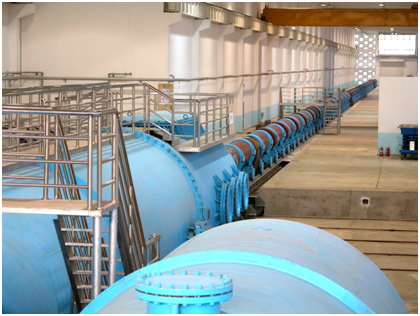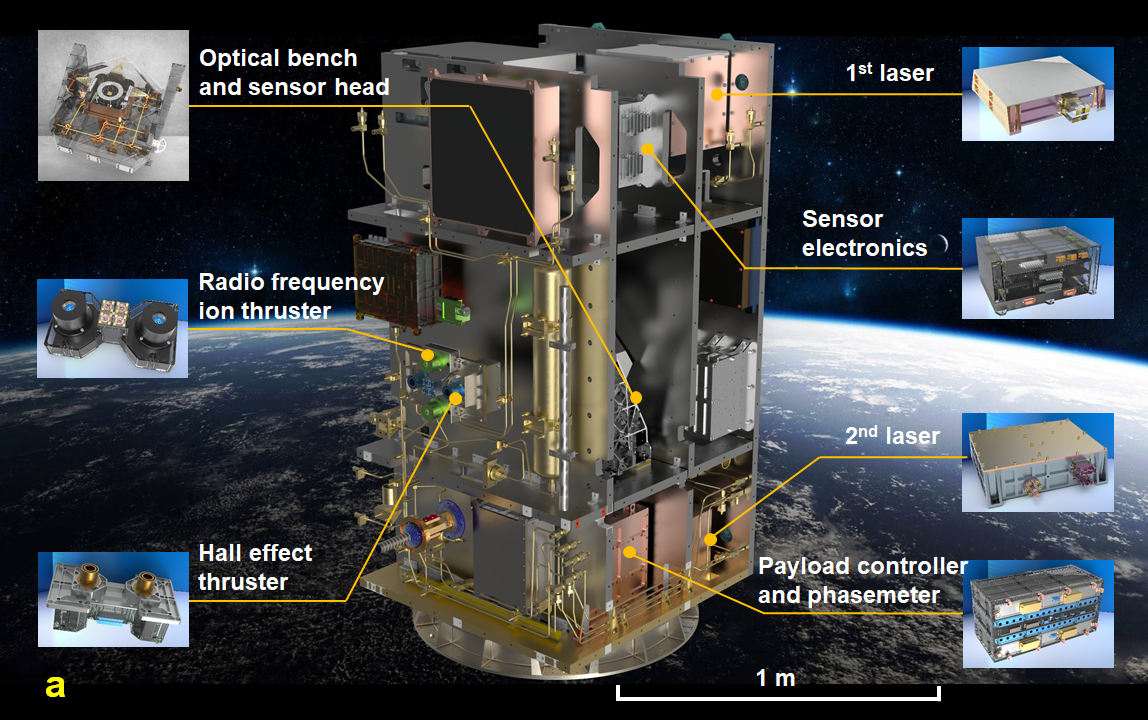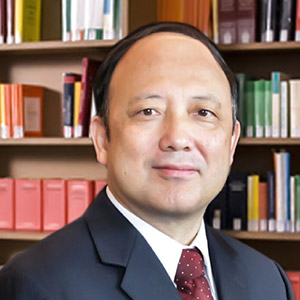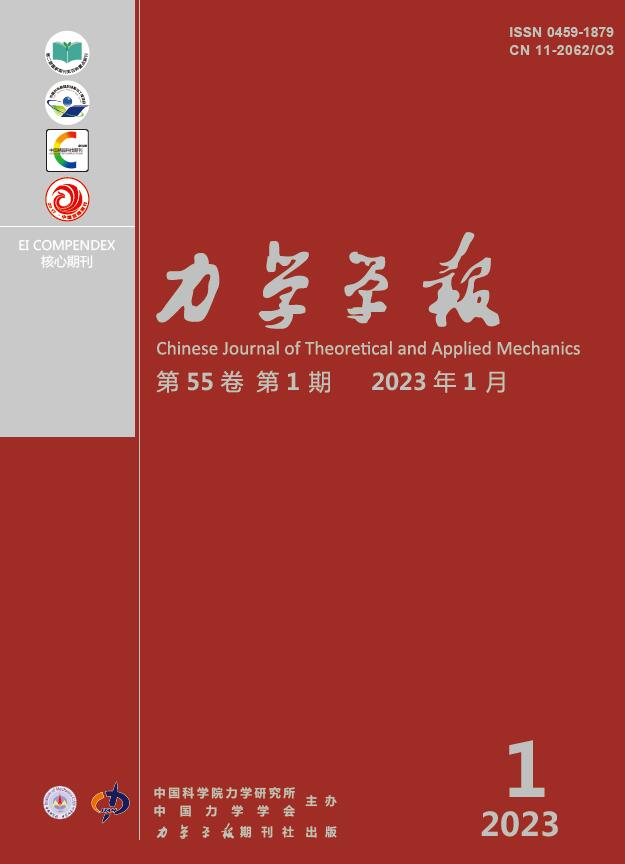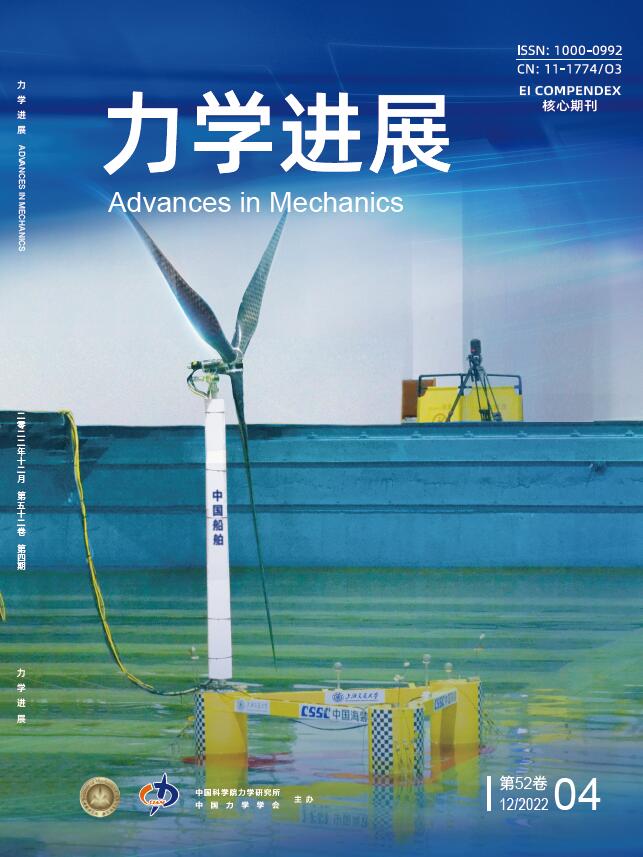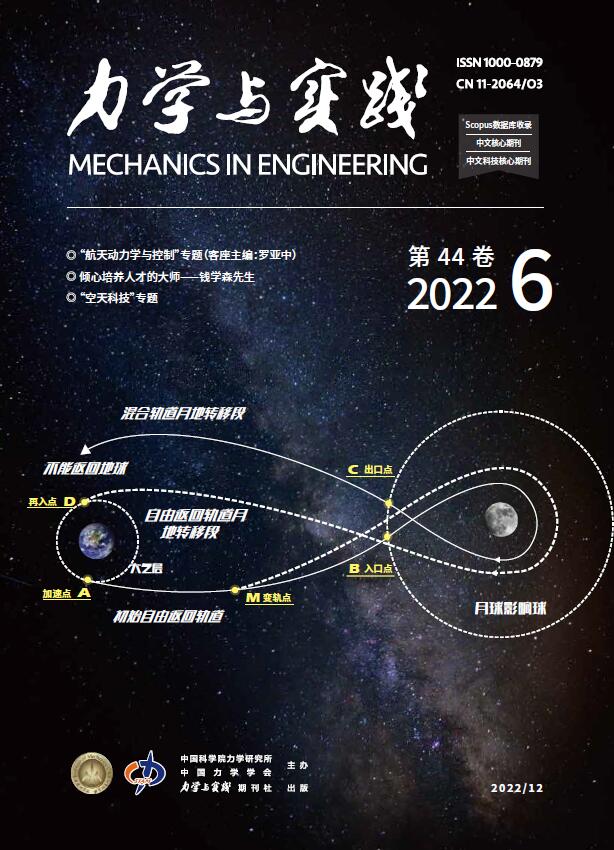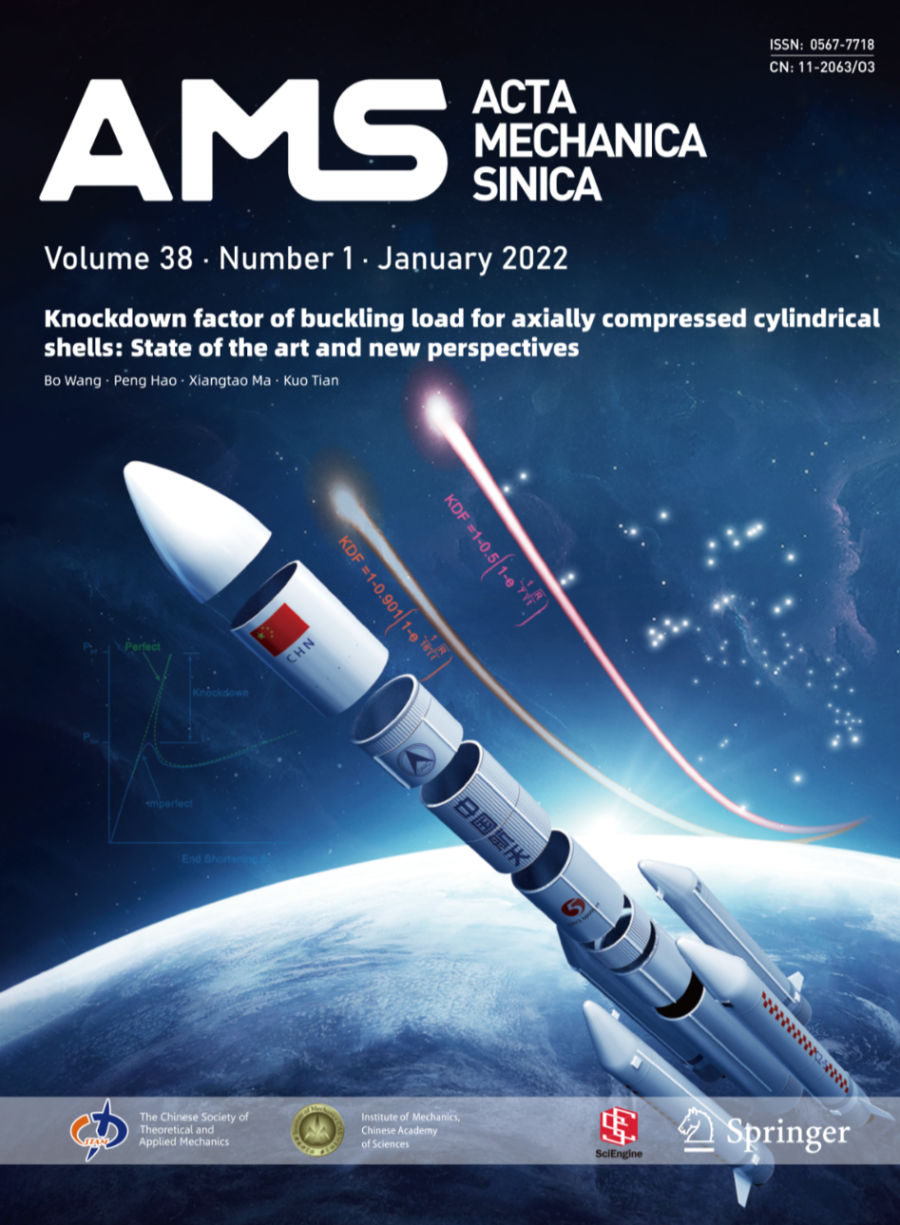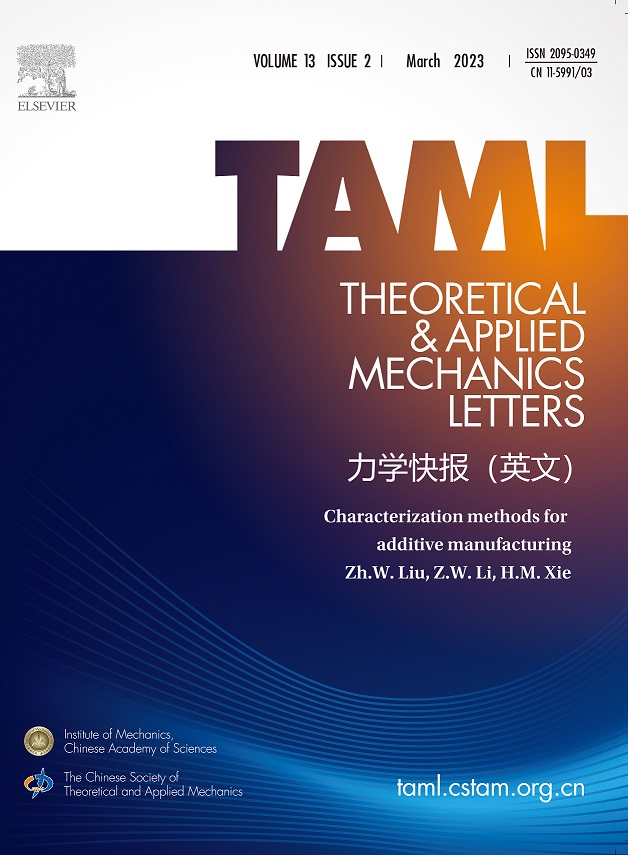Research
Institute of Mechanics (IMECH), Chinese Academy of Sciences (CAS), upholds the conception of engineering science by Professor Qian Xuesen (Hsue-Shen Tsien). Its focus areas include key generic technologies and core scientific issues that constrain major national missions. The Institute promotes deep interdisciplinary collaboration among mechanics and relevant fields. Additionally, it establishes a comprehensive innovation chain that extends from fundamental research to technological advancements to system integration.The main research directions of IMECH include micro-scale mechanics and trans-scale correlation, high-temperature gas dynamics and trans-atmosphere flight, microgravity science and its applications, key mechanical problems in oceanic engineering, environment, energy and transportation, mechanics in advanced manufacturing, biomechanics and bioengineering, etc.
Center for Multiscale Mechanics
View MoreCenter for Multiscale Mechanics
Multiscale problems are the core and frontier of nonlinear mechanics. The NSFC Basic Science Center Program for “Multiscale Problems in Nonlinear Mechanics”" (referred to as "Center for Multiscale Mechanics") was initiated in 2019 by the National Natural Science Foundation of China (NSFC) and the runtime is from January 2020 to December 2024. The project leader, Academician of the Chinese Academy of Sciences (CAS), Guowei He, is from the host institution of Institute of Mechanics, CAS, and the cooperative research institutions are Peking University and Tsinghua University. The members of the project consist of young and middle-aged scientists with international reputations in the field of nonlinear mechanics, including Academician Shiyi Chen and Professor Shaoqiang Tang from Peking University, Professor Chao Sun from Tsinghua University and Professor Yujie Wei from the Institute of Mechanics, CAS.
Laboratories
View More-
The State Key Laboratory of NonLinear Mechanics (LNM)
The State Key Laboratory of Nonlinear Mechanics (LNM) was established in October 1999, transformed from the Open Laboratory for Nonlinear Mechanics in Continuum Media which was initiated in 1988, in the Institute of Mechanics, Chinese Academy of Sciences (CAS). LNM has the following characteristics: (1) promoting unique and original research; (2) emphasizing theoretical work that is validated by experiment; (3) strongly supporting freely academic explorations. LNM lines up to be a world-class top-ranking laboratory in nonlinear mechanics.
VIEW MORE+ -
The State Key Laboratory of High Temperature Gas Dynamics (LHD)
The Key Laboratory of High Temperatuer Gas Dynamics (LHD),Chinese Academy of Sciences(CAS),is devoted to research in the field of high temperature gas dynamics with the main background in hypersonic technologies. LHD was founded on the basis of the institute’s earlier gas dynamics division established by Professor Hsue-Shen Tsien and Proessor Yung-Huai Kuo in the late 1950s.Now under the leadership of Academician Hong-Ru Yu and guided by the vision of engineering science, LHD has developed into an open research base dedicated to innovative theoretical research, wind tunnel experiments and numerical simulations on high temperature gas dynamics.
VIEW MORE+ -
Key Laboratory of Microgravity Chinese Academy of Sciences (NML)
Microgravity Science is a frontier interdisciplinary field emerging with the development of China manned space program, a hotspot in space sciences. The Key Laboratory of Microgravity of Chinese Academy of Sciences, founded as the National Laboratory of Microgravity in 1995 and renamed officially in 2008, has become the centers of microgravity science and of user supporting system in China. The first director of the Lab was Prof. Hu Wenrui and the first chair of Academic Committee was Prof. Ling Langying (both are the Academicians of Chinese Academy of Sciences).
VIEW MORE+ -
Key Laboratory for Mechanics in Fluid Solid Coupling Systems Chinese Academy of Sciences (LMFS)
The Key Laboratory for Mechanics in Fluid Solid Coupling Systems (LMFS) is an important research unit for technological innovation activities at the Institute of Mechanics. Fluid-solid coupling occurs extensively in both natural phenomena and engineering systems. The mechanics of fluid-solid coupling primarily investigates the interaction laws between fluids and solids. It is an interdisciplinary field that bridges various branches of mechanics, including fluid mechanics, solid mechanics, and other major disciplinary areas.
VIEW MORE+ -
Wide range Flight Engineering Science and Applications Center (WESA)
The Wide range Flight Engineering Science and Applications Center (WESA) was established in 2021 to serve national strategic requirements and advance noteworthy accomplishments. WESA was formed by the integration of the Advanced Manufacturing Process Mechanics Laboratory and the Aerospace Flight Technology Centre (In Preparation). As the "core department" of the Institute of Mechanics, it embodies the principles of engineering science and strengthens comprehensive innovation capabilities.
VIEW MORE+ -
Sky Flight Science and Technology Center
The Sky Flight Science and Technology Center is an academy-level unincorporated scientific research unit. Relying on the construction of the Institute of Mechanics, it expands its connotation and extension on the basis of the original hypersonic science and technology center. It was established in April 2019 with the approval of the Chinese Academy of Sciences. The main purpose of the establishment is to realize the overall planning and optimization of the strength of the whole hospital in the field of space flight science and technology through the top-level design; to realize the major integration of resources and achievements by building a platform; and to realize the overall docking between our hospital and the outside through a unified interface.
VIEW MORE+
Facilities
View More-
High Resolution Computed tomography System
-
Beijing Drop Tower - Microgravity/Low-gravity Experimental Platform for Ground Foundation
-
Moving Model Rig
-
Large Chamber Scanning Electron Microscopy (LCSEM)
-
An Electro-Hydraulic Servo Medium/High Strain Rate Test System
-
Pico-metric Precision Laser Interference Platform

